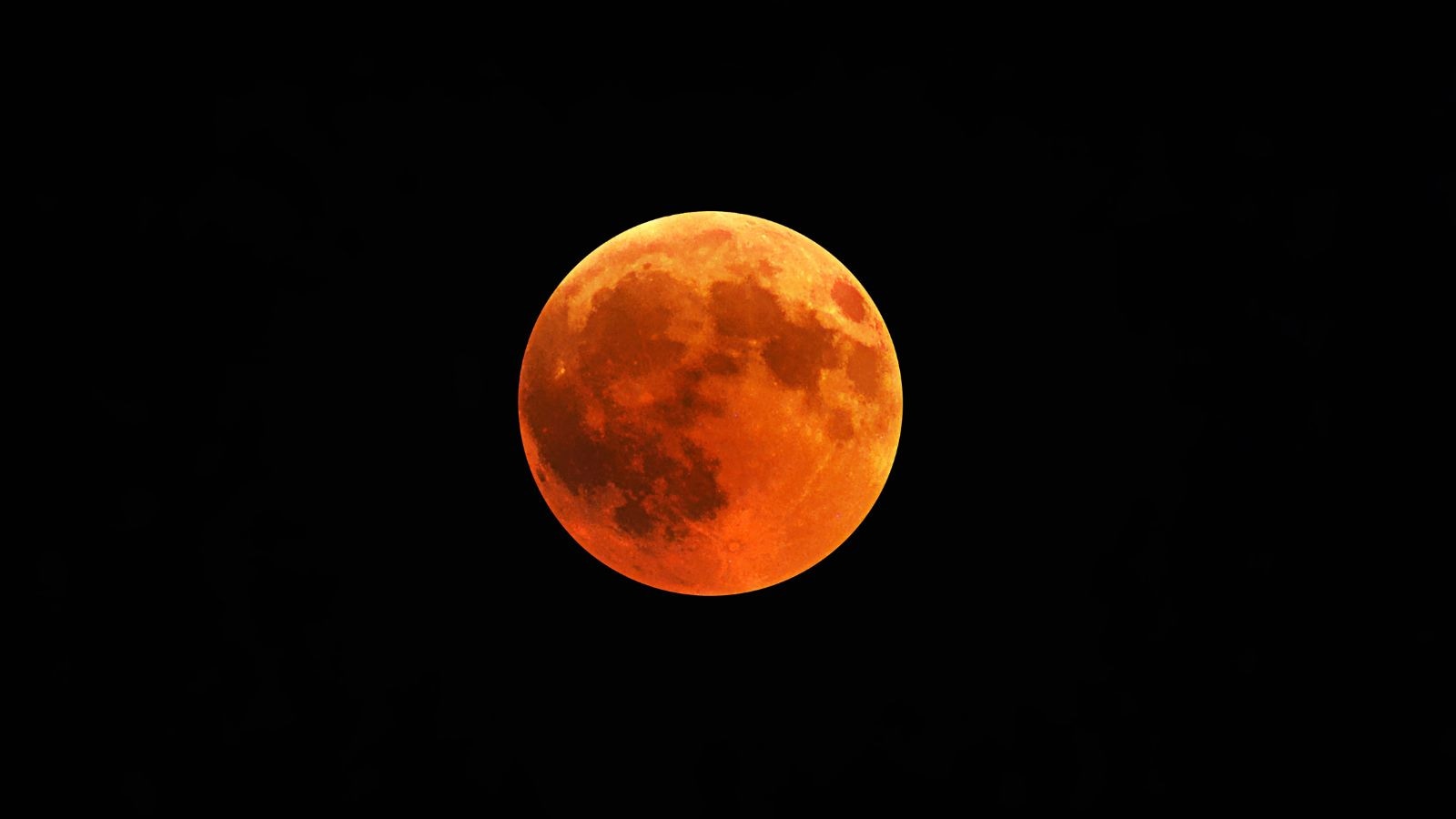September is all set to offer some dazzling celestial events for skywatchers. The month is expected to feature a total lunar eclipse on September 7-8. The total lunar eclipse is expected to produce a stunning red moon that is likely to last 82 minutes, making it a visual event not to be missed..
This phenomenon happens when Earth blocks sunlight, projecting a shadow on the Moon, which later reflects red and copper hues as a result of light scattering in the atmosphere. The eclipse will be visible throughout Asia, Australia, Africa, and Europe, with major Indian cities anticipated to experience the spectacle depending on weather conditions.
A total lunar eclipse, sometimes known as a “blood moon,” will turn the Moon into a luminous crimson orb. This eclipse is expected to be one of the longest and most visible lunar eclipses in recent years.
Here is everything you need to know about this event.
Visibility
On September 7-8, Asia, Australia, Africa, and Europe will all be able to see the total moon eclipse. In India, the moon will be visible in major cities like Delhi, Mumbai, Kolkata, Pune, Lucknow, Hyderabad, and Chandigarh will have a clear chance to witness, only if weather conditions are suitable, such as cloud cover or pollution does not obstruct.
The eclipse will begin at 8:58 PM IST (15:25 UTC) on September 7 and will end at 2:25 AM IST (20:55 UTC) on September 8. The moon will turn red, and will last for 82 minutes, occurring between 11:00 PM IST(17:30 UTC ) on September 7 and 12:22 AM IST(18:52 UTC) on September 8.
Why the moon turns red
When the Earth passes directly between the Sun and the Moon, its thickest shadow, known as the umbra, is thrown across the lunar surface, causing a complete lunar eclipse. The Moon will shine in copper and deep crimson tones rather than fading into darkness. The reason for this unsettling yet lovely picture is that sunlight is bent by Earth’s atmosphere, which filters out shorter wavelengths like blue and violet so that only the longer red and orange hues can reach the Moon.
Story continues below this ad
Rayleigh scattering is the phenomenon that explains the crimson glow of the Moon during an eclipse. As sunlight travels through the Earth’s atmosphere, particles scatter the shorter wavelengths of light in different directions, causing the red and orange tones to bend around the planet and fall on the Moon, giving it the renowned blood moon appearance.
© IE Online Media Services Pvt Ltd





Average Rating